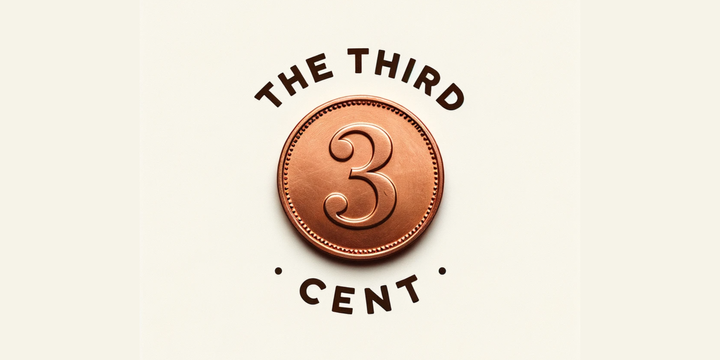CB Session 16 - B2B Consumption and Reverse Logistics

Hi Students,
It seems like it’s raining apologies for delays from my end. I’ve really been behind on my reading and writing lately. Let’s get to the point and summarise the key ideas in the Flipkart product returns case.
If there is one thing that you have noticed throughout all the marketing and supply chain courses, it is that they are almost completely geared towards forward logistics. This is not without reasons. Many firms focus almost entirely on forward logistics that considerations about reverse logistics are near zero. In the Flipkart: Grappling with product returns case by Dr. Sanjeev Prashant, Dr. Mukesh Kumar and Mr. Amit Kumar Mukul, we grappled with some of the basic ideas of reverse logistics.
In summary, the case details how Flipkart managed to implement certain changes in its product return policy. Initially, the firm had a ‘no questions asked’ product return policy. However, as the cash burn continued, it decided to change its policy with respect to both its end users and reseller partners. However, before we begin, let us try to contextualise the case within consumer behaviour. You may have understood that this course was not really written for that explicit purpose. The reason why I picked the case is two fold.
First, I wanted to showcase that in many scenarios, firms that are actually competitors collaborate in chasing consumer behaviour. Take for instance Flipkart and Amazon in India, they fight tooth and nail when in the marketplace, but when it comes to shaping consumer behaviour, they are one in the same. Cash of delivery, check. No questions asked product returns, check. Massive discounts, check. Mobile apps, check. It may not be surprising to many of you that many retailers who supply on Flipkart also supply their wares through Amazon. Therefore, we can reasonably expect the culture though the supply chain to be very similar. The problems they face are also very similar. Remember the iPhones that magically transformed to bricks? Both of them had it.
Second, I wanted to illustrate to you how consumers need not necessarily be individuals like you and me. They could very well be businesses (yes, this forms the foundation for B2B marketing) that have a mind of their own. Businesses that operate in a supply chain are situated in a political economy that requires them to give and take. For this reason, let us try and take a temporal perspective. During the the early days of the e-commerce revolution, both Amazon and Flipkart did not have many retailers on board. Given that their business model heavily hinged on getting a distributed inventory at very low cost (it is similar to exploiting the preexisting supply chain in many ways) they had to work to incentivise retailers to empanel themselves with their respective platforms.
You may also have observed that both firms were also involved heavily in wholesaling from brands during these years. This is because they wanted to kick start a two sided market. Two sided markets are those that have suppliers on one end and sellers on another. It is imperative that the market makers work on both side. However, it is not possible to get both at the same time (since it takes a lot of time to do that), many focus on one side first and figure out ways to bridge the other. Interestingly there are also one sided markets (think of IPOs, there is one seller and many buyers). However, over time, as buyers flocked to both sites, the sites became avenues on which brands rushed to find space. This effectively kick started the virtuous cycle in online marketplaces. Today, we have a situation in which Amazon and Flipkart have a very significant sway on what brands can and cannot do on their marketplaces. It may not be difficult for one to imagine Amazon as the Principal and many national brands as agents in this interesting principal-agent problem.
Back to the case. The interesting issue in the case pertains to how consumers retaliated when the focal firm decided to reverse its policy that was so far influencing a certain type of behaviour. Remember we discussed in the sessions on retail channels that product flows in the same direction margins flow. Let us build on top of that. Since there is very little incentive for anyone in the supply chain to think about product recalls and returns no one really does think about it. It is only after the advent of the e-commerce revolution that many firms and scholars have begun looking into the issue.
When you start working in firms, you will begin to realise that on many instances, you tend to make a 180 degree turn and expect the changes you have made so far to stick. Should you have no competition, this may well be the case. However, if you do have some level of competition, it is wholly possible that your competitors can take advantage of the situation and gain a foothold amongst your customers.
Let me add just one more item to the list. The case also shows how good communication works wonders when it comes to implementing policy. If there is one thing you learn in B School, that has to be the ability to communicate your thoughts effectively and efficiently. Had Flipkart worked on its communication and ensured that it slowly phased in the change, it may have had a better chance of success. It may be argued that the events that followed this finally allowed Amazon to gain a significant foothold into the market. It may well be the case that this market goes on to become a monopoly in the years to come (this is not improbable since they an effective monopoly in many markets around the world).
Over the last few decades there have been innumerable instances of product recalls that bought the giants to their knees. Let me give you a few recent examples for you to relate to. Just over 10 years ago, Toyota recalled 81 million cards due to accelerator pedals getting stuck in their floor mats. In 2016, Samsung had to recall its Galaxy Note 7 phablet devices due to issues related to batteries (and explosions). Some estimates suggest that this particular recall cost the firm nearly $17 billion. That’s about the total GDP of Botswana. Ford’s Firestone tires, GM’s ignition switches, Dell’s batteries, VW’s cars are but a small sample of the absolutely massive product recalls that were carried out in the past few decades. It is my hope that you think along these lines when you structure the channels in the firms you work for (or your own firms) when you are out there.
I am working on two newsletters at the moment, one that summarises channel management and another that summarise the observations from your presentations.
Hopefully, they will be out soon.
In the meantime, I am positive you are all busy studying for the forthcoming exam.
All the best!
Happy learning!
Karthikeyan



